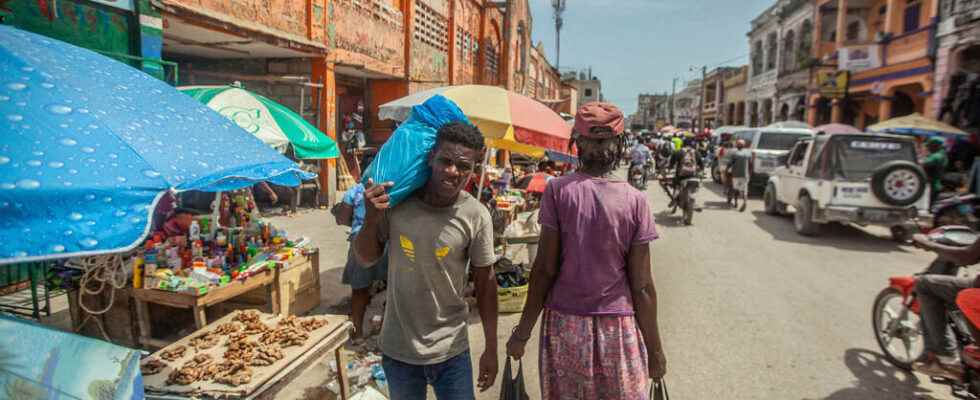A year ago, the southern half of Haiti was hit by a powerful earthquake of magnitude 7.2. If the earthquake was felt everywhere across the island, the major damage was concentrated in the four departments in the south of the country where the security and socio-economic situation only complicated assistance to the victims.
It was barely 8:30 a.m. when the earth began to shake on August 14th. Within seconds, the Haitians were plunged back into the 2010 nightmarewhen the capital had been ravaged and more than 120,000 people had been killed, recalls our correspondent in Port-au-Prince, Amelie Baron.
While the force of last year’s earthquake was greater than that of the previous decade, the toll was less, as the affected region is not as densely populated as Port-au-Prince. However, the disaster remains serious: more than 2,200 people have lost their lives and more than 130,000 homes have been destroyed.
► See also A magnitude 7.2 earthquake shakes Haiti
Another change compared to 2010, from the first minutes following the earthquake, the question arose of the arrival of relief and the delivery of aid to the victims.
The only road leading to the South is controlled by the gangs and after a very brief respite of a few days, the criminality of the armed gangs has drastically handicapped traffic towards the affected regions.
Also, the initiatives to help the victims of the earthquake to return to a normal life unfortunately coincide with a context of economic recession and deep political crisis: far from the eyes of the decision-makers, one year after the tragedy, the victims have the bitter impression of to have been forgotten to their fate.
Testimonials
Jinel Chérémond lives in Aquin, a coastal town in the Sud department. Here and in the surrounding mountains, some victims are still living under tarpaulins. But some anarchic constructions are also back. “ There are people who begin with their means to rebuild in order to be able to find housing because no one is helping them. In fact, there, we continue to build anyhow “, he explains. The earth continues to shake there, confirms Jinel Chérémond.
Another danger: since the earthquake, whole sections of mountain still clutter roads and paths and other blocks are likely to come off at any time. This is explained by James Lafortune, director at the town hall of Beaumont in the department of Grand’Anse: ” Nothing has been done to clear the roads! There is even national road number 7 which leads to Camp Perrin, Les Cayes and Jérémie, nothing has been done! Everything is here ! Visible! “.
The vast majority of destroyed schools have not yet been rebuilt either. The teachers teach in tents. But many children no longer participate. Their parents, who lost everything in the earthquake, can no longer pay school fees.
Jinel Chérémond launches a cry of alarm to the Haitian government and the international community. ” We are human too and they have to understand that we are a country so we all have to live “. To the question: do you feel forgotten? He answers : ” It’s not a print. we are forgotten “.
There are people who begin with their means to rebuild in order to be able to find housing because no one is helping them. In fact, there, we continue to build anyhow ((…) Nothing has been done to clear the roads!…
Situation one year after the earthquake: testimonies
► Read also Haiti: one year after the earthquake, the victims “abandoned”
